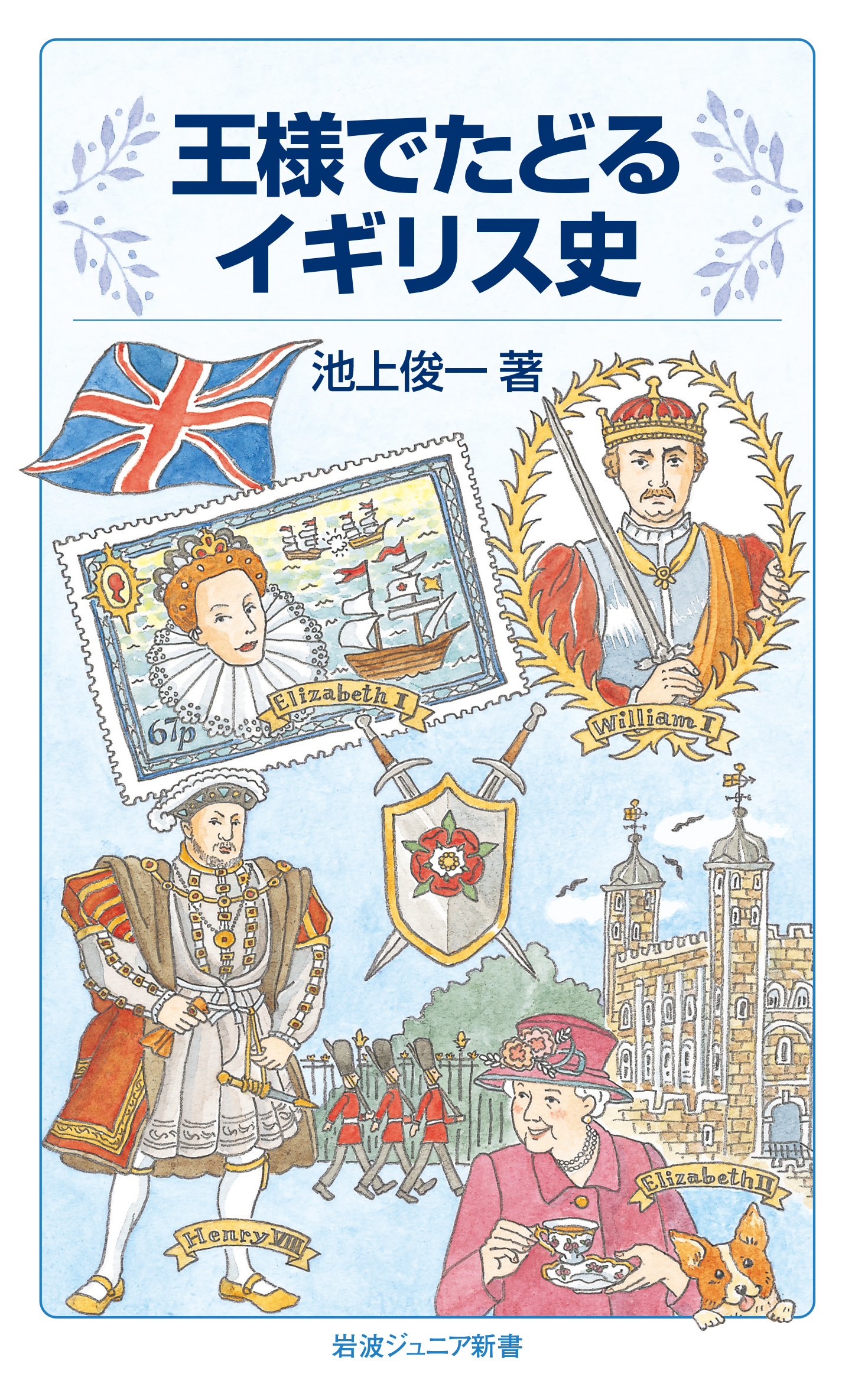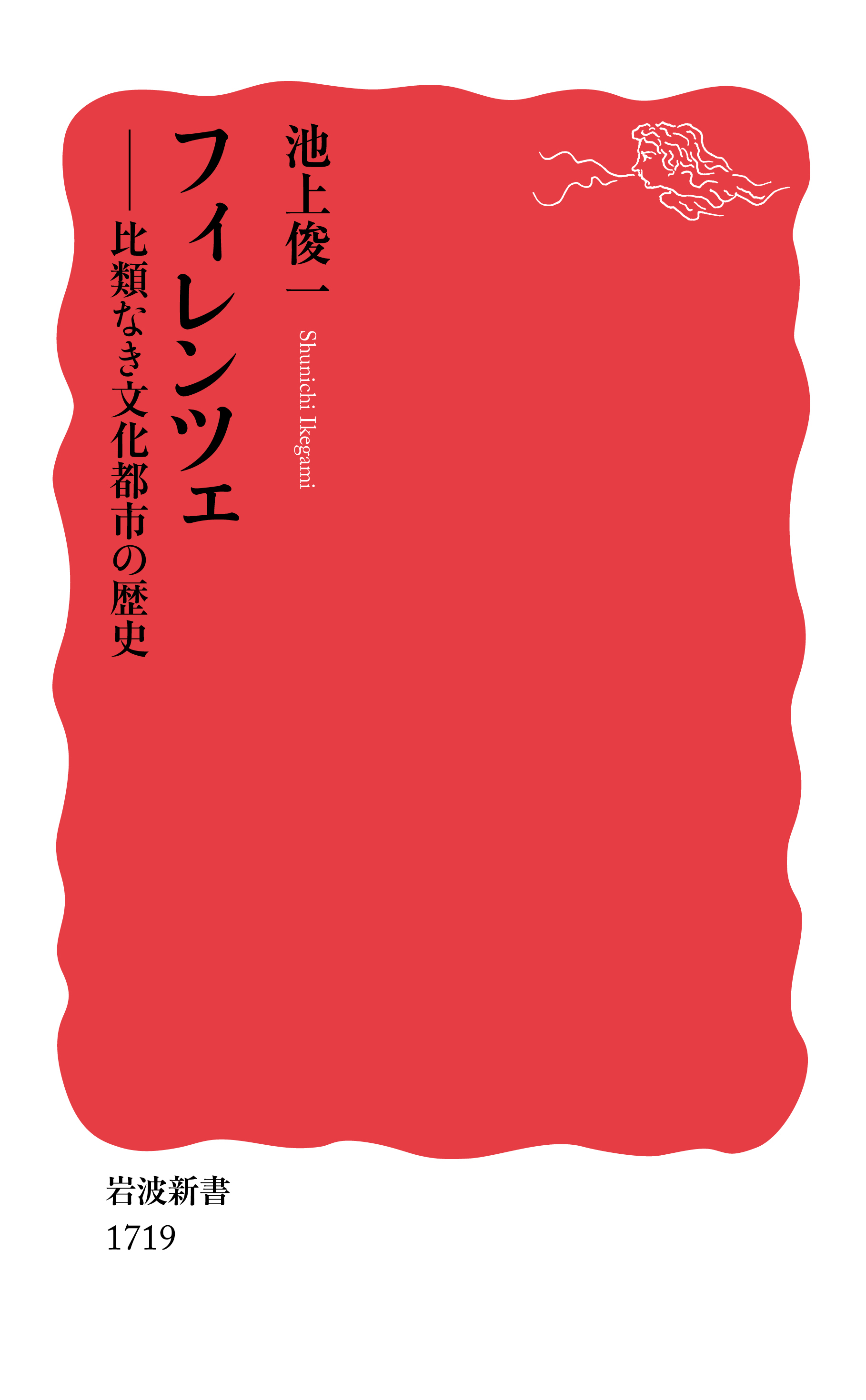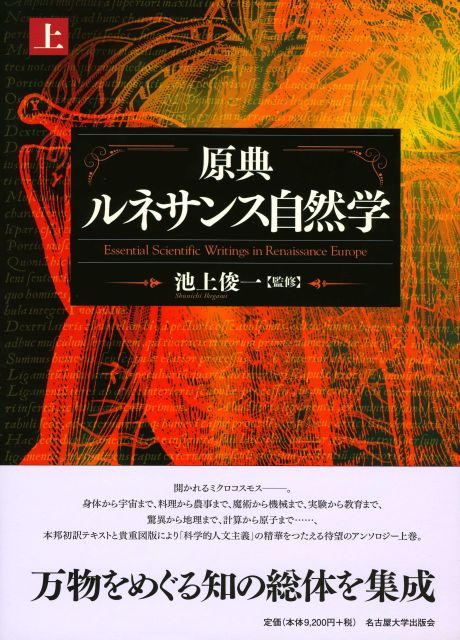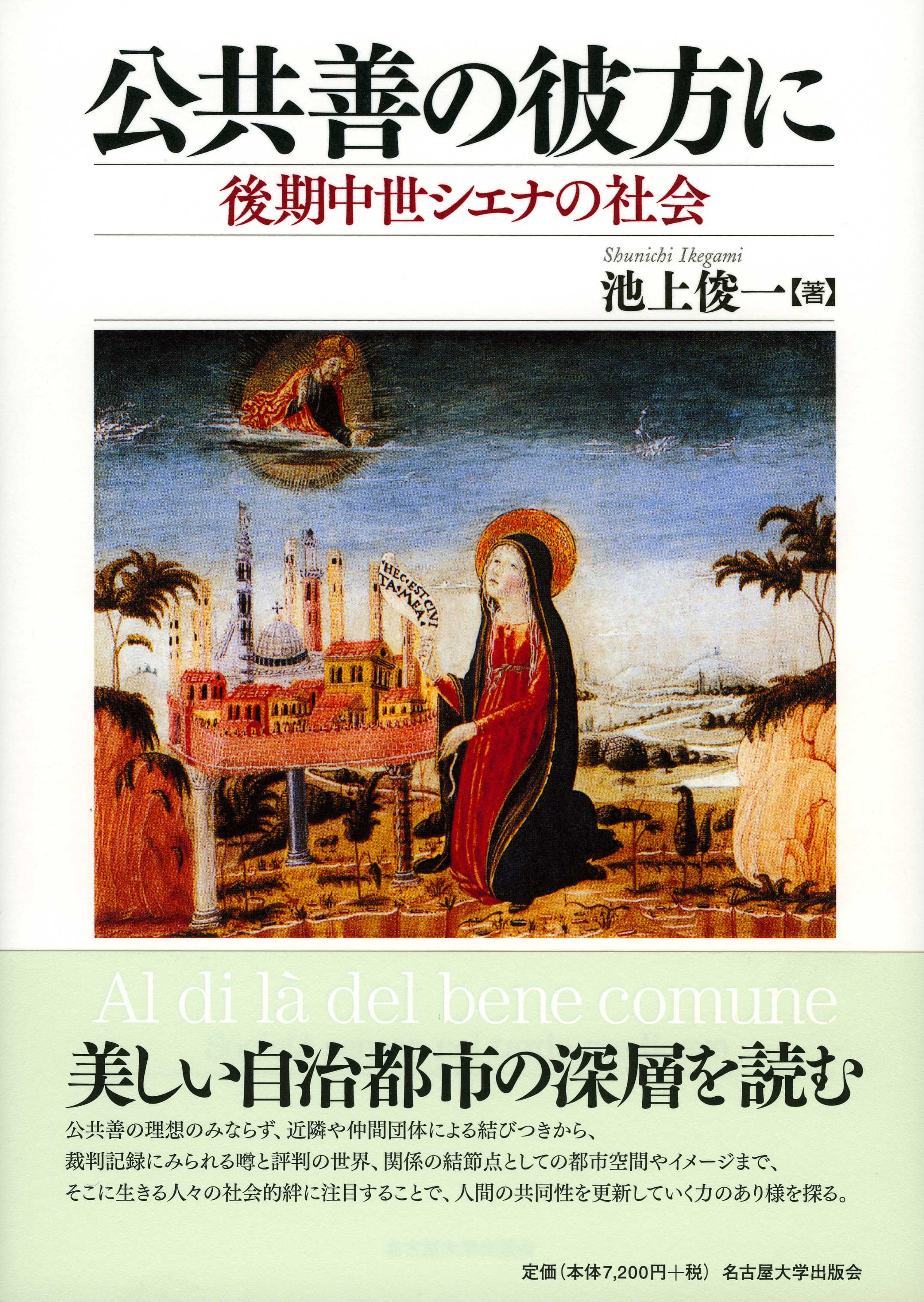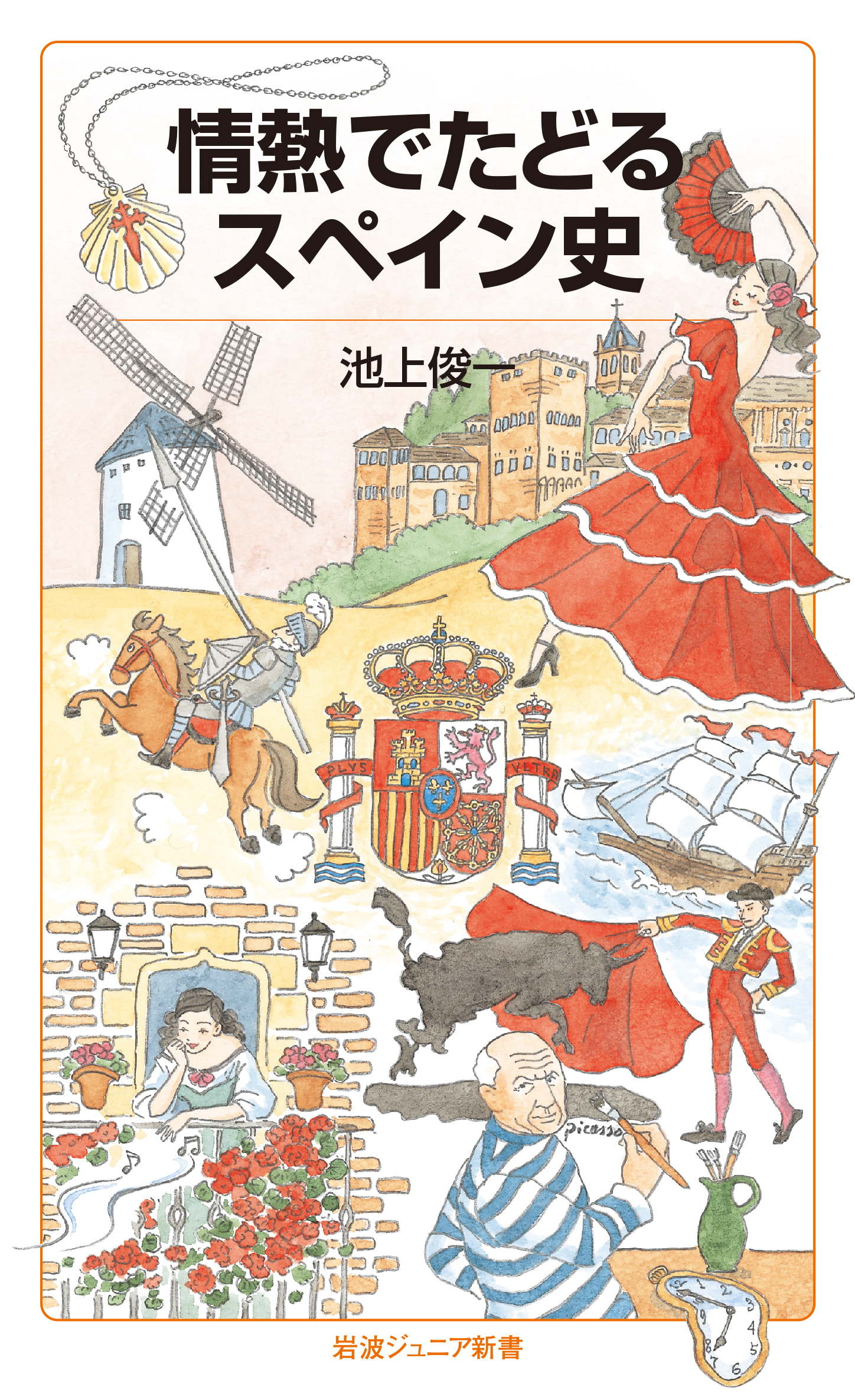
Title
Iwanami Junior Shinsho Jonetsu de tadoru Spain-shi (Following a Trail of Passion in Spanish History)
Size
254 pages, paperback pocket edition
Language
Japanese
Released
January 22, 2019
ISBN
9784005008902
Published by
Iwanami Shoten
Book Info
Japanese Page
This book is an exploration of the history of Spain and the Spanish people for which I deliberately chose the worn-out catchword “passion” as the keyword. Spaniards act from a standpoint of “passion,” meaning an emotion that matches the overall flow of life, which contrasts with reason (French) and experience (British). This is thought to have been cultivated through a complex historical process that was regulated by the natural environment they have lived in since ancient times: an isolated border region caught between Africa and Europe and a vast wilderness with nothing to obscure one’s field of vision and that stimulates dreams. As such, this book touches upon the people and things pronouncedly filled with “passion” in every age, pursuing the relationship between the Spanish national or ethnic character and the politics, society, culture, religion, and such in each of those time periods. For example, we have the fierce Iberians who chose suicide over forced disarmament; those who joined the movement to regain their country (the Reconquista) in passionate pursuit of honor; the mystics and general faithful who become fanatic toward the color red, blood, and images of the Passion of Christ; the baroque architecture and classical theater with their showy dramatic expression; the life-and-death game of bull fighting; and flamenco and guitar music as the music of the soul. I have described such expressions of “passion” in connection with the major political events and social dynamics of each period. I also kept a steady watch on the overwhelming power of the people, characteristic of Spanish history, as well as the cultural interactions between Christianity, Islam, and Judaism. An example of what I refer to as the “power of the people” is the very best of Spanish literature and arts by artists who embodied the people’s spirit. In literature, we have Cervantes’s Don Quixote, and in the arts, we have the works of Goya. Moreover, it has not been kings and aristocrats but the people moving Spanish modern and contemporary politics, which can be seen in the many military pronunciamientos (proclamations) issued in response to popular sentiments. The other dimension of “cultural interactions between Christianity, Islam, and Judaism” was very much a rich seedbed for Spanish culture as those interactions gave rise to both the philosophies and ideologies of the Middle Ages and to Spain’s characteristic church architecture. If you read this book to the end, you will come to understand the deeper meaning of the keyword “passion.” It is a concept that includes not only the passion of love or the passion of honor, but also the passion of anguish and suffering.
(Written by IKEGAMI Shunichi, Professor, Graduate School of Arts and Sciences / 2019)



 Find a book
Find a book


